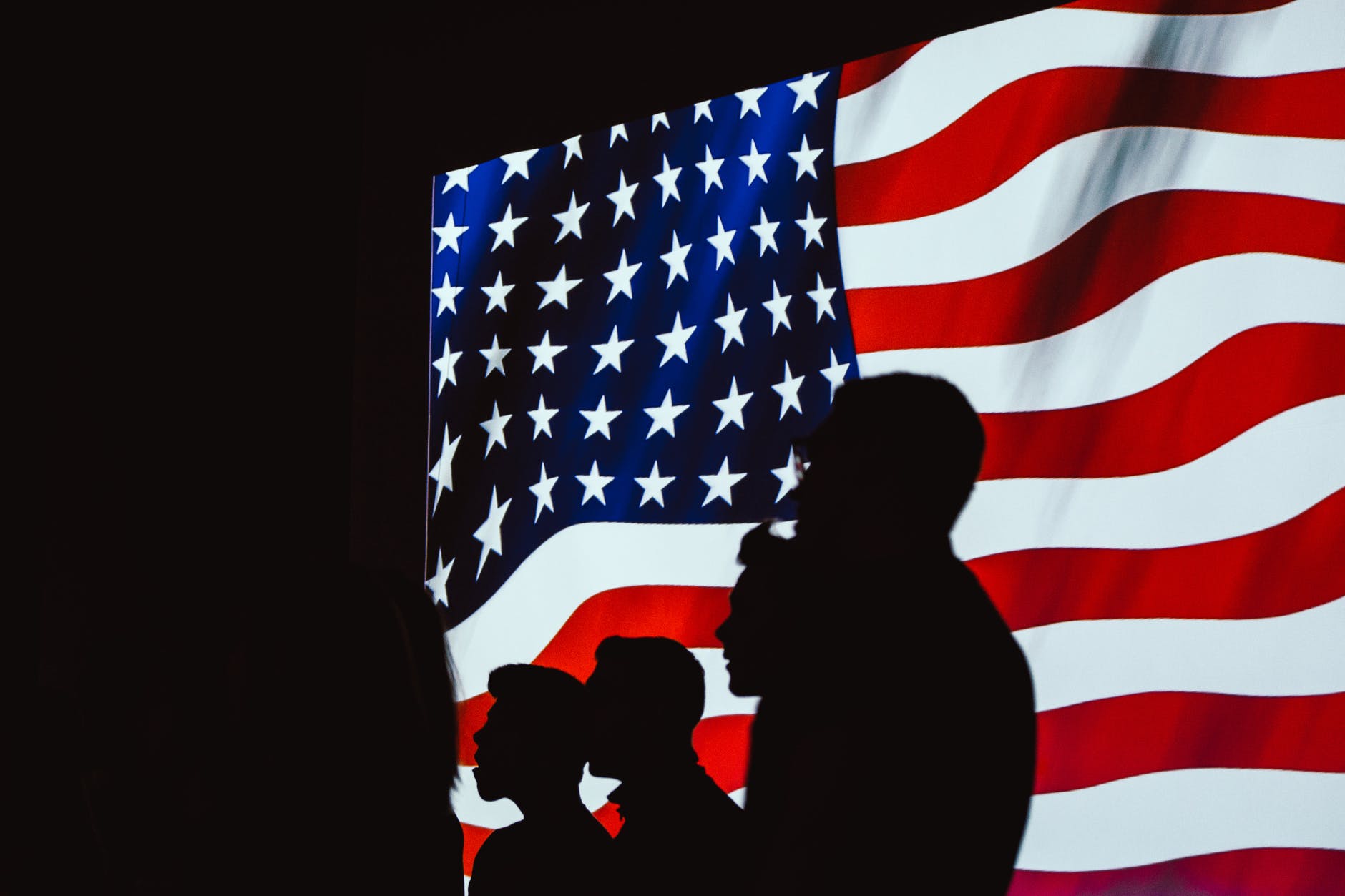By Logan Fairchild
With Transgender Awareness Week and Remembrance Day right around the corner, it’s important to remember why we need it.
According to glaad.org, 2021 marked the most deadly year recorded for transgender violence, with at least 45 killed in hate crimes.
I’ve been transitioning for about eight years now. Yet all my life, I knew I wasn’t a girl.
For the longest time, I thought something was wrong with me. I hated wearing dresses and would only attend formal events in a tuxedo. I didn’t get along with the conventional ideals of being a girl. I wasn’t comfortable with my own body.
Sure, many people aren’t comfortable with how they look and aren’t transgender; that’s referred to as “body dysphoria.”
The type of discomfort a trans person feels is entirely different. It’s called “gender dysphoria,” and it causes trans folk to feel uneasy with their assigned gender and things associated with it (name, attire, certain sexual organs, etc.).
But the level of intensity will vary from person to person. And treatment (transitioning) may be different for some people. Some are comfortable with just binding their chests and cutting their hair short. Others require surgery to alleviate their symptoms.
Growing up in small Michigan towns, you don’t get exposed to other trans or even LGBTQ+ people very often. It wasn’t until my middle school years when I got on the Internet that I even had a word to associate with myself, let alone other people to talk to.
When I knew what was up, I was utterly terrified to come out. I told myself I wouldn’t until I turned 18; if my mother didn’t agree, I would be of legal age to go out and do it myself.
Fantasies had always filled my head about growing up a man, and when I finally came to understand transitioning, they grew ever more frequent and intense. I had a full itinerary in my head of how I would handle my transition and eagerly awaited my legal adulthood.
At around 17, I broke down and told my mom. A pretty staunch conservative Republican, she told me she would no longer be able to be in my life if I were to continue this.
So I left.
Terrified of what to do, I also came out on Facebook and asked if there was anyone who could house me for the time being. Plenty of wonderful people came forward, including my cousin, who called me and offered to take me in.
Thankfully, my mom also called me and told me to come home to work it out.
She agreed to let me go to therapy with someone who specializes in gender dysphoria and eventually showed up to a few sessions as well. I’m happy to say she’s come around since then, and only when around family members does she occasionally slip up and say my dead name (a name given at birth), but she quickly corrects herself.
My other family members were quick to support me, including my elderly grandmother, and I’m forever thankful for the family that I have. Not all trans kids have that support.
My therapist had no doubt that I suffered from severe gender dysphoria and that starting hormone therapy was definitely a solution.
At around 18, I finally started taking testosterone for the first time: a mildly expensive fluid that I must self-inject via needle every two weeks for probably the rest of my life. It’s not pleasant, but it’s worth it.
I’ve been told by many people who knew me before that I seem much happier and more comfortable now. I certainly feel that way.
My only regret is taking so long to make this adjustment. I feel like I lost a good portion of my teenage years being cooped up and uneasy with myself.
This is why transgender awareness is important. If I had more role models and societal support, I may have felt more comfortable coming out earlier and may have enjoyed more of my life.
Transgender Awareness Week lasts from Nov. 13 to Nov. 19, leading up to Transgender Remembrance Day on Nov. 20.



